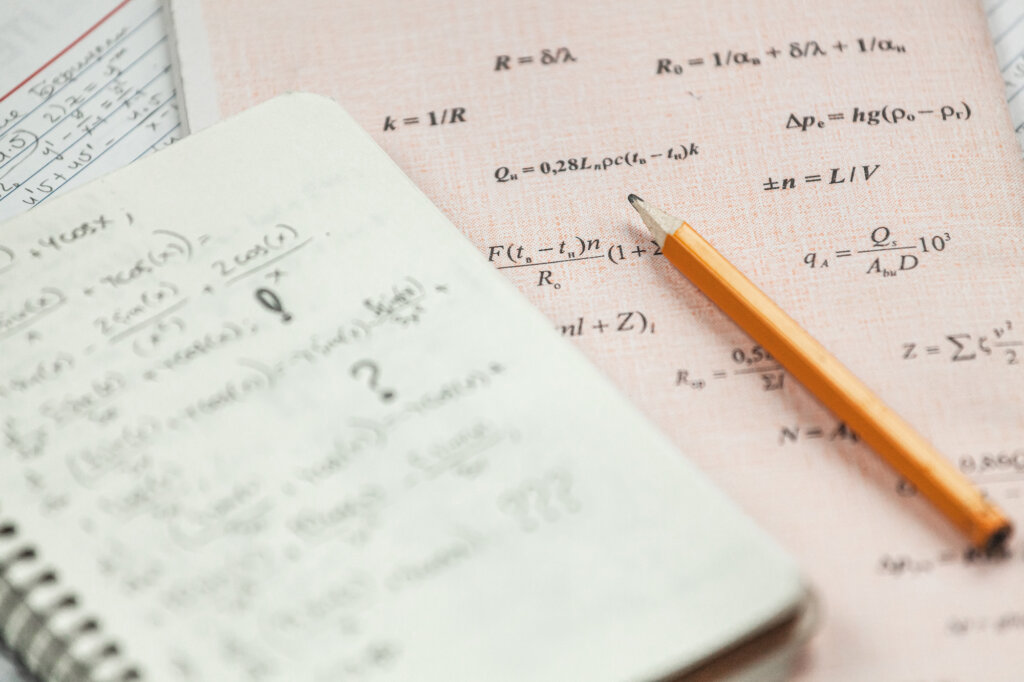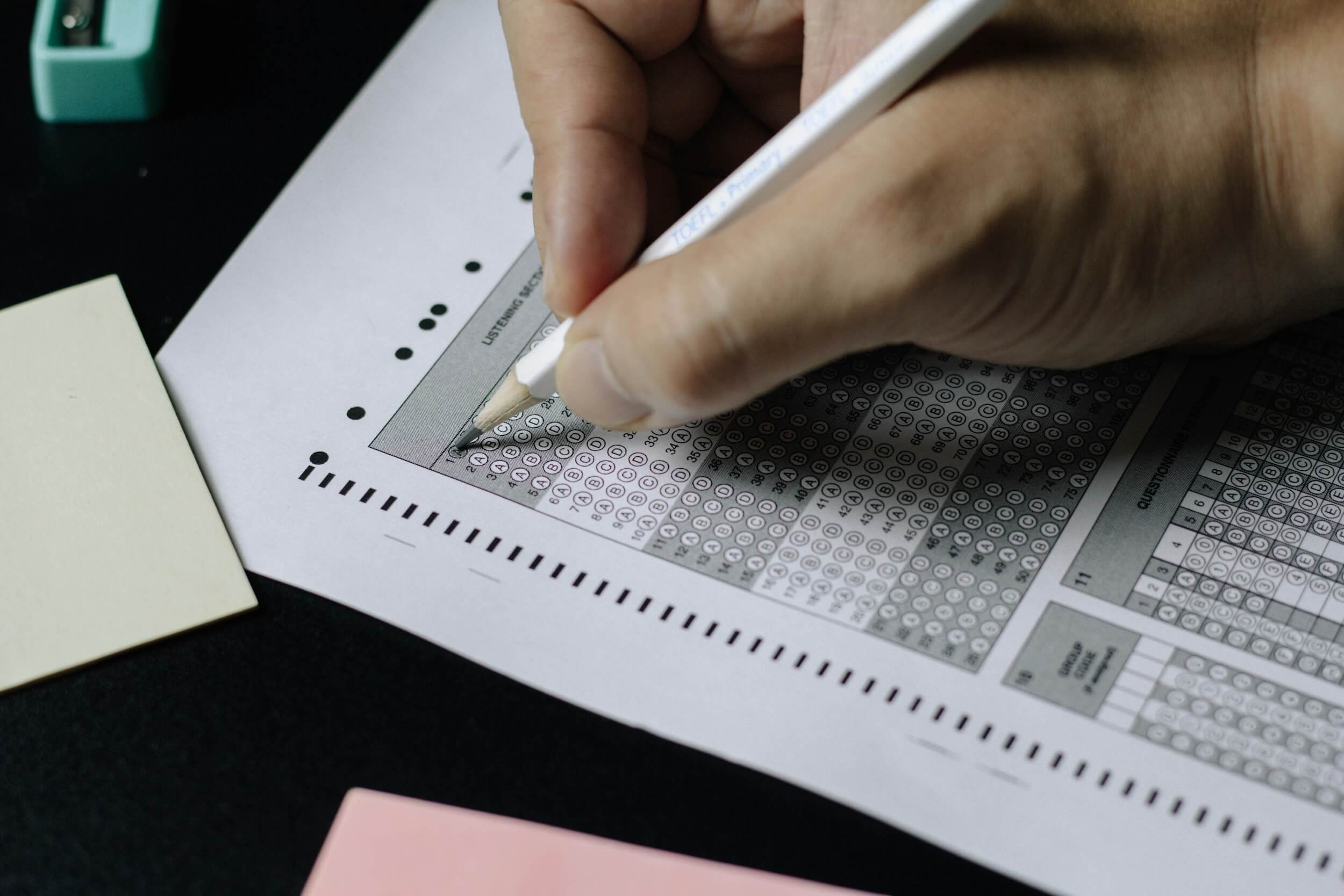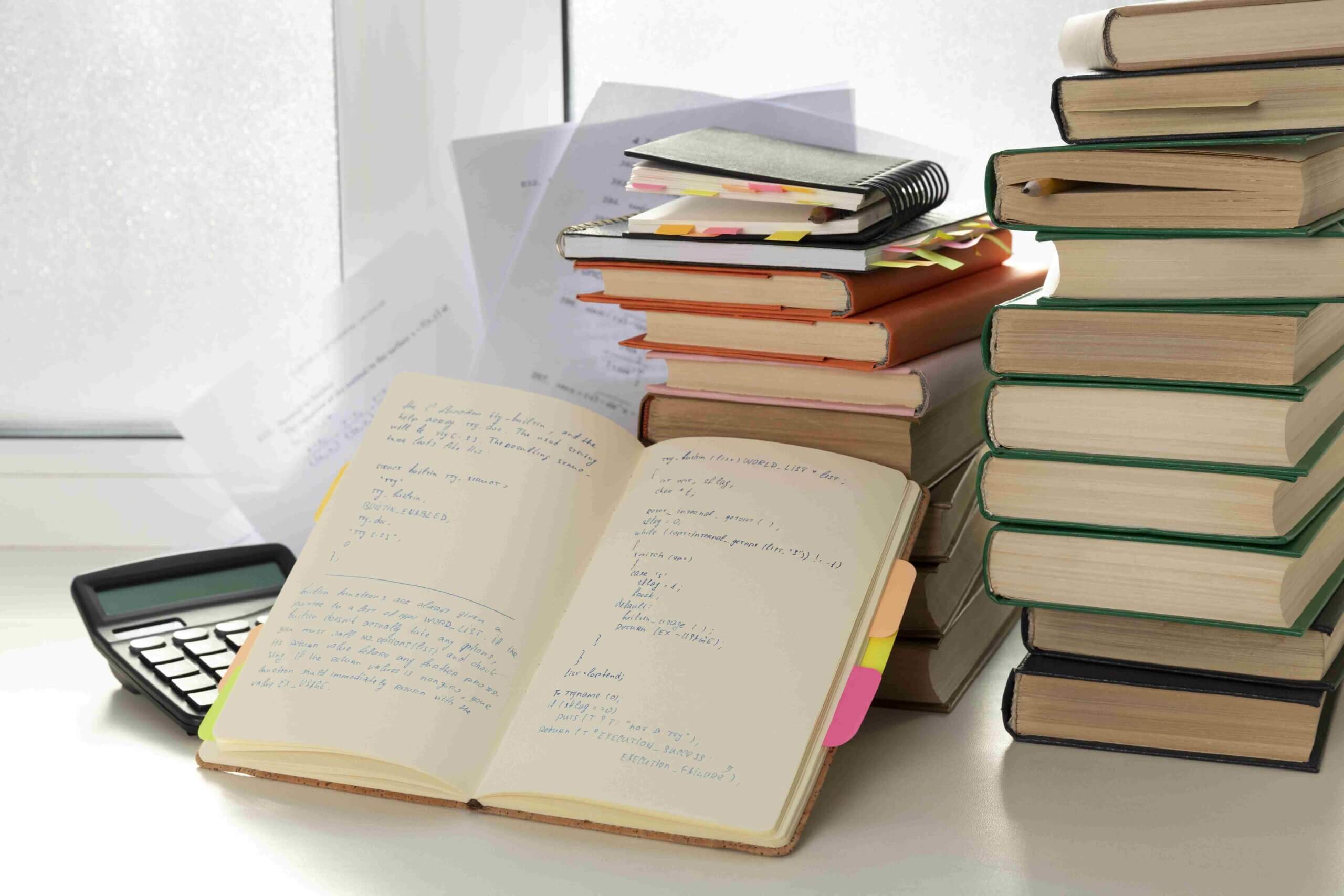

Let’s be honest—Math can feel like a memory game as much as a logic puzzle. With so many formulas across topics like Trigonometry, Calculus, Algebra, Coordinate Geometry, and Probability, it’s easy to feel overwhelmed during revision.
But here’s the good news: You don’t need to memorize everything—just organize it smartly. That’s where a Formula Revision Sheet comes in. A well-made revision sheet not only saves time during exams but also boosts retention, reduces anxiety, and helps you revise more effectively.
In this blog, we’ll walk you through how to create a powerful, personalized formula sheet that works for both Class 11 and Class 12 CBSE Math.
Why a Formula Sheet is Essential
One-Stop Reference
Instead of flipping through multiple chapters and books, you have all key formulas in one place—perfect for last-minute revision.
Boosts Recall
Writing formulas down yourself reinforces memory. Seeing them regularly helps with quick recall in the exam hall, where every second counts.
Reduces Exam Stress
When you’ve got a revision tool that works, you’re less likely to panic before the test. Confidence comes from knowing you’re prepared.
Step-by-Step Guide to Creating Your Formula Sheet
1. Start Topic-Wise, Not Chapter-Wise
Group formulas based on topics, not textbook chapters. For example:
- Algebra (Identities, Quadratic Equations)
- Calculus (Derivatives, Integration, Application of Derivatives)
- Coordinate Geometry
- Probability and Statistics
This makes it easier to revise related formulas together—even if they’re spread across chapters in your textbook.
2. Stick to NCERT First
CBSE board exams are heavily based on NCERT, so begin your formula sheet using NCERT textbook and exemplar problems. Add only those formulas that are:
- Frequently used
- Likely to be asked
- Difficult to derive on the spot
You don’t need every formula ever created—just the ones that matter most.
3. Use Visuals Where Possible
For Coordinate Geometry or 3D Geometry, draw basic diagrams along with formulas. For example:
- Show a triangle with labeled sides and angles next to the cosine rule
- Sketch a curve to illustrate the area under a graph using integrals
Visual memory is powerful—images help lock in abstract math concepts.
4. Highlight Confusing or Similar Formulas
Use color coding or underlines for formulas that are easy to mix up. For example:
- Trigonometric identities vs. inverse trigonometric formulas
- Standard integrals vs. integration by parts rules
Tip: Write short notes like “Only for acute angles” or “Use when a > b” next to formulas to avoid silly mistakes.
5. Keep It Short and Effective
Your formula sheet should ideally fit on 2 to 4 pages—maximum. This makes it easy to revise regularly. You can use:
- A4 paper folded in half
- Flashcards
- A digital note-taking app like Notion or OneNote
Don’t crowd the sheet—leave space for your brain to breathe.
What to Include: Must-Have Formula Categories
Here’s a checklist of topics you should cover in your Class 11 and 12 Math formula sheet:
| Class 11 Topics | Class 12 Topics |
|---|---|
| Algebraic Identities | Derivatives and Integration |
| Trigonometric Identities | Applications of Derivatives |
| Sequences & Series | Definite Integrals |
| Straight Lines and Circles | Differential Equations |
| Limits and Derivatives | Probability & Bayes’ Theorem |
| Binomial Theorem | Vectors and 3D Geometry |
| Permutations & Combinations | Linear Programming |
How to Use the Sheet During Revision
- Before Exams: Use it for rapid-fire revision the night before your board exam.
- During Practice: Refer to it while solving sample papers, so you don’t waste time flipping through textbooks.
- After Mistakes: If you make an error due to forgetting a formula—highlight or underline that formula on your sheet.
Bonus Tip: Keep an Evolving Sheet
Don’t just create the sheet once and forget it. Keep updating it:
- Add formulas you missed in mock tests.
- Mark the ones you keep getting wrong.
- Remove what’s no longer relevant or already mastered.
Your revision sheet should grow with you—from first term till final exam.
Conclusion: A Smart Tool for Smarter Math Prep
Creating a formula revision sheet isn’t just about saving time—it’s about training your brain to think in patterns. It transforms your revision from random to strategic.
At ConnectEd, we guide students in building these kinds of smart study habits—so that learning math isn’t just about solving problems, but about thinking efficiently and succeeding consistently.
So don’t just read through chapters. Summarize. Organize. And master your formulas like a pro.

"A well-organized formula revision sheet is a game-changer for Class 11 and 12 Math. It boosts recall, speeds up revision, and reduces exam stress. This blog shows how to create one effectively—by grouping topics, using visuals, and keeping it concise—to help students revise smarter and score higher."
blog & news
Stay Informed, Stay Inspired.


How to Calculate Percentage from CBSE Class 10 CGPA: Step by Step Guide

CBSE Class 10th Books 2025-26: Subject-Wise Reference Books
Start your journey
with ConnectEd.

Start your journey
with ConnectEd.

Get in touch with us with any inquiries or assistance.
ADDRESS
Visit us for a personal consultation or meeting.


